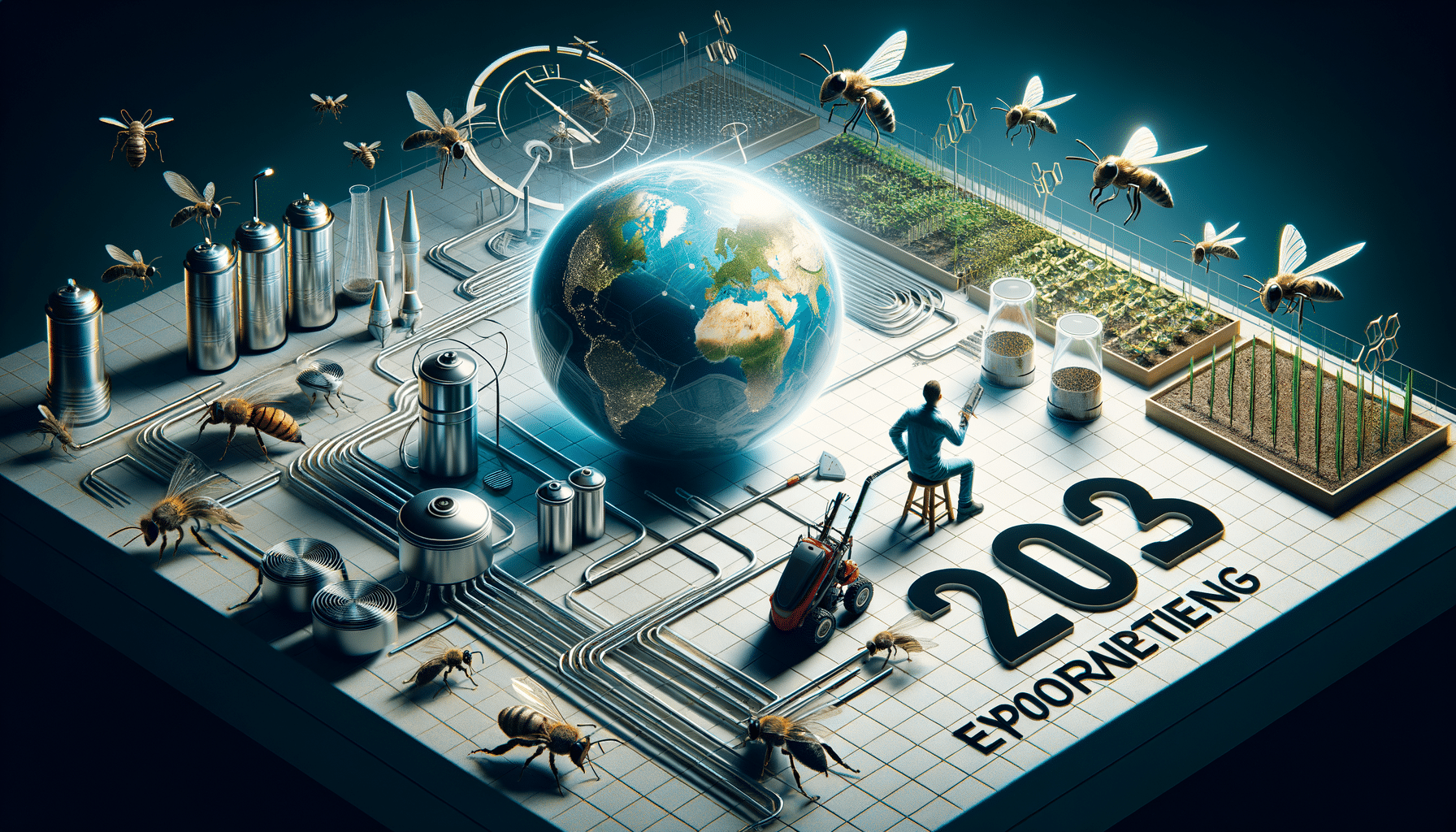
Exploring New Approaches in Pest Control: Revisiting Insect Management in 2025
Introduction: Understanding the Need for Advanced Pest Control
In the ever-evolving landscape of pest control, 2025 marks a significant year as we explore innovative approaches to managing insect populations. With the increasing awareness of environmental sustainability and the need for effective solutions, pest control has become a critical area of focus. This article delves into the latest strategies and technologies that are shaping the future of pest management, offering insights into how these advancements are revolutionizing the industry.
Integrated Pest Management: A Holistic Approach
Integrated Pest Management (IPM) is gaining traction as a holistic approach to pest control. Unlike traditional methods that often rely heavily on chemical pesticides, IPM emphasizes a combination of techniques tailored to specific pests and environments. This strategy includes cultural, biological, and mechanical controls, alongside targeted chemical applications when necessary.
One of the key benefits of IPM is its focus on long-term prevention and sustainability. By understanding the life cycles of pests and their interactions with the environment, IPM practitioners can implement strategies that minimize harm to non-target species and reduce the reliance on chemicals. This approach not only protects ecosystems but also enhances the resilience of agricultural systems.
For instance, biological control involves introducing natural predators or parasites to manage pest populations. This method has proven effective in various settings, including agriculture and urban environments. Moreover, IPM encourages regular monitoring and assessment to adapt strategies as needed, ensuring that pest control measures remain effective and environmentally friendly.
Technological Innovations in Pest Control
The advent of technology has brought about remarkable innovations in pest control. From smart traps to drones, these advancements are transforming how we detect and manage pest populations. Smart traps, equipped with sensors and cameras, provide real-time data on pest activity, enabling precise interventions. These devices can differentiate between pest species, ensuring that control measures are accurately targeted.
Drones, on the other hand, offer a bird’s-eye view of large areas, making surveillance more efficient. They can be equipped with thermal imaging cameras to detect pest infestations in crops or urban settings. This technology not only saves time but also reduces the need for manual inspections, lowering labor costs and increasing safety for workers.
Additionally, the use of data analytics and artificial intelligence is revolutionizing pest control strategies. By analyzing patterns and predicting pest behavior, these technologies allow for proactive measures, preventing outbreaks before they occur. This predictive capability is particularly valuable in agriculture, where pest management is crucial for crop health and yield.
Environmental Considerations and Sustainable Practices
As we advance in pest control methods, it is imperative to consider the environmental impact of these practices. Sustainable pest management focuses on reducing the ecological footprint while maintaining efficacy. This involves selecting products and methods that are biodegradable, non-toxic, and pose minimal risk to non-target organisms.
One approach gaining popularity is the use of pheromones for pest control. These natural compounds can disrupt the mating patterns of pests, effectively reducing their populations without harming other species. This method is particularly useful in agriculture, where maintaining biodiversity is essential for ecosystem health.
Furthermore, public awareness and education play a crucial role in promoting sustainable pest control practices. By informing communities about the benefits of environmentally friendly methods, we can encourage widespread adoption and support for these strategies. This collective effort is vital in ensuring that pest control solutions align with global sustainability goals.
Conclusion: The Future of Pest Control
As we navigate the challenges of pest management in 2025, the integration of innovative technologies and sustainable practices offers a promising path forward. By embracing holistic approaches and leveraging technological advancements, we can effectively manage pest populations while safeguarding the environment. The future of pest control lies in our ability to adapt and innovate, ensuring that our strategies are both effective and environmentally responsible.